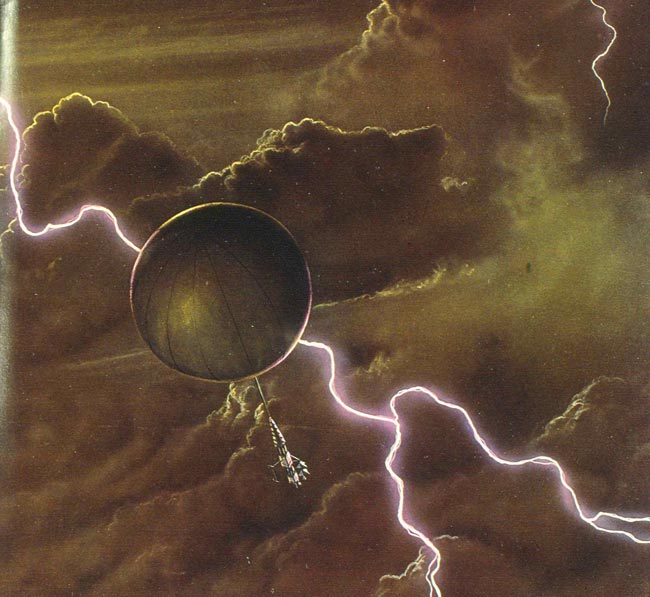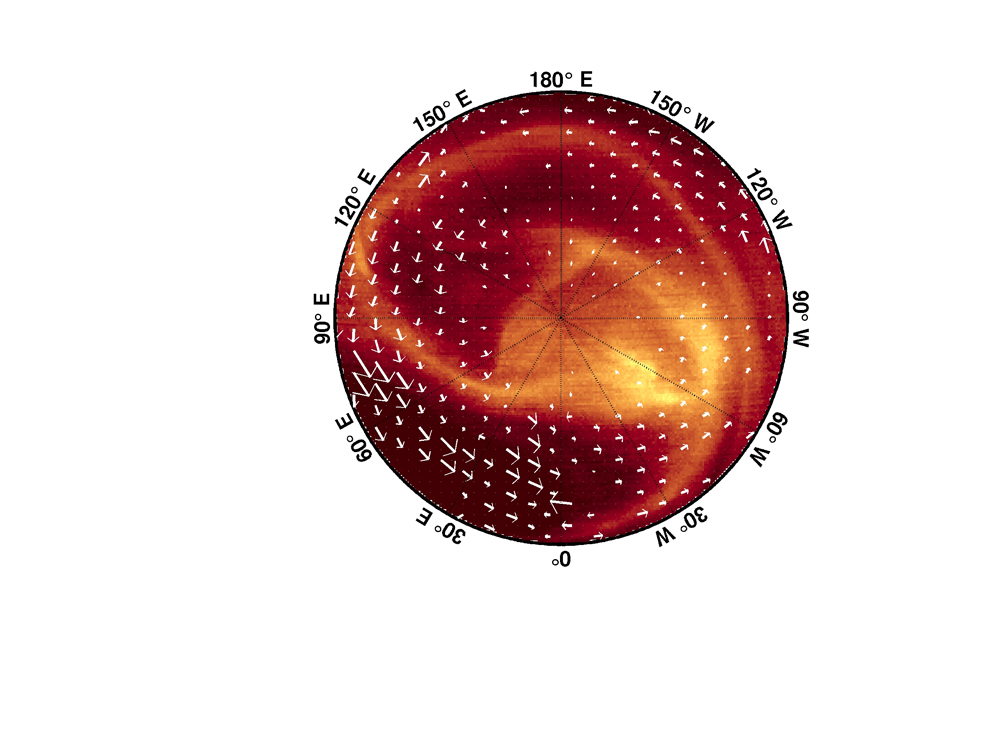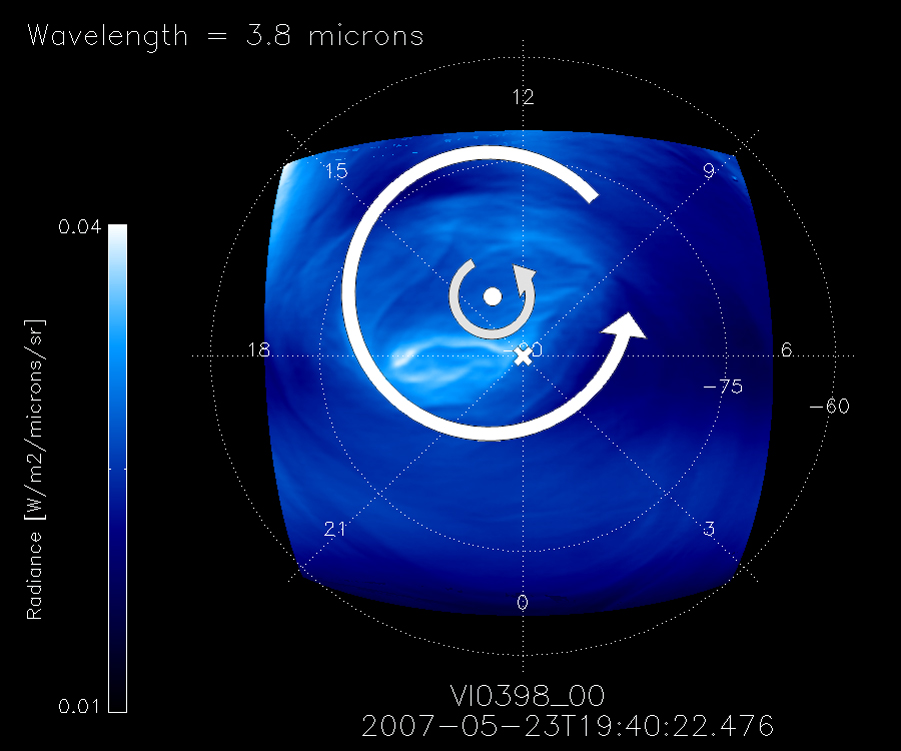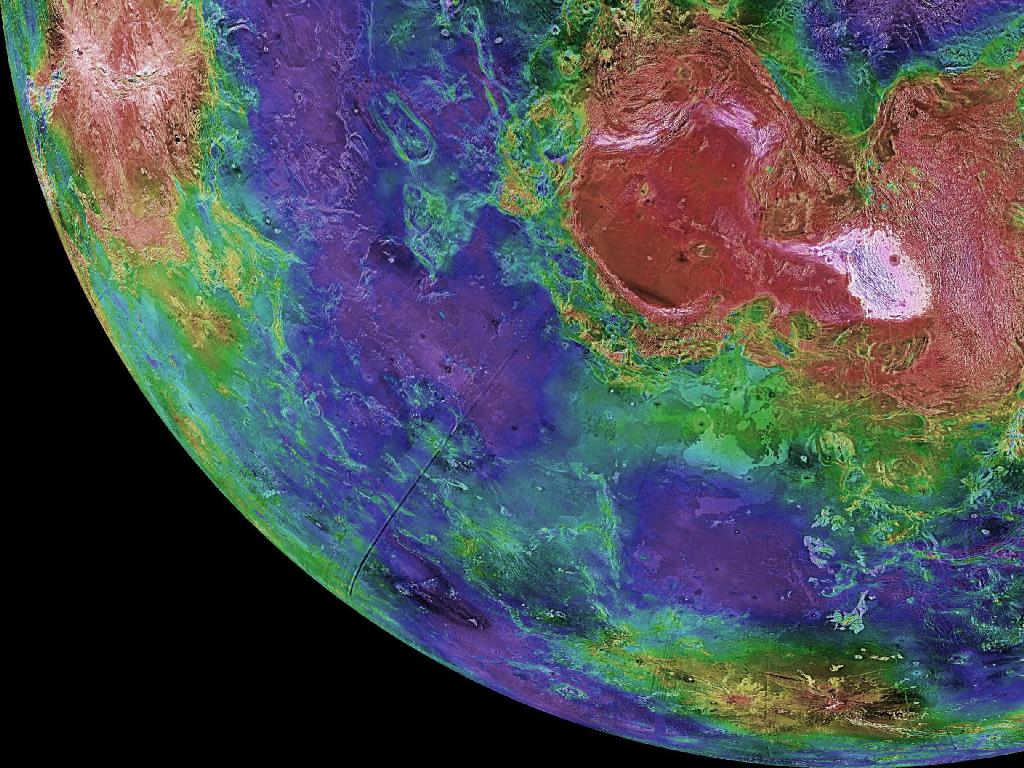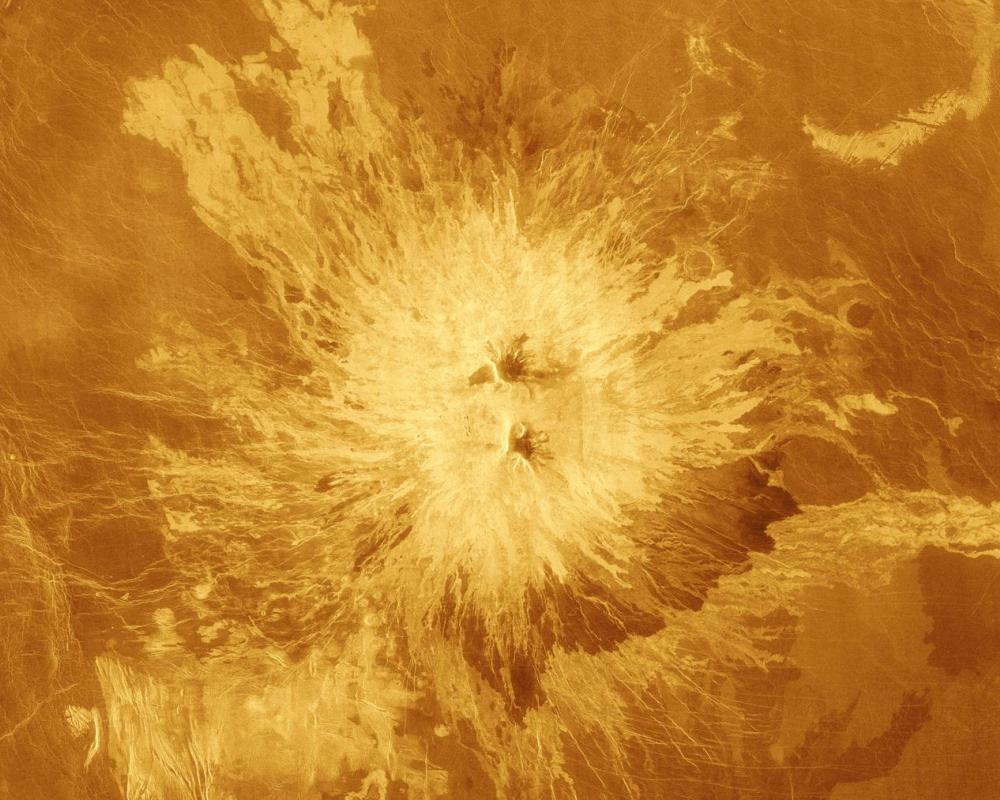Photos of Venus, the mysterious planet next door
Hellish Venus Atmosphere May Have Had Cooling Effect
3-D perspective of the Venusian volcano, Maat Mons generated from radar data from NASA’s Magellan mission.
Lightning on Venus Strikingly Similar to Earth's
This artist's impression of a future aerobot in the Venus atmosphere was taken from a presentation at the 2010 European Planetary Science Congress meeting in Rome.
Are Mystery Clouds of Venus a Warning Sign for Earth's Climate Battle?
This false-color ultraviolet image of the south pole of Venus was obtained by the Venus Monitoring Camera onboard The European Space Agency's Venus Express on Feb. 25, 2008 from a distance of about 12,400 miles (20,000 kilometers). The octagonal shape of the image is due to the VMC field of view.
Mars, Earth and Venus losing atmosphere Mars, Earth and Venus Losing Atmosphere
Mars, Earth, and Venus. Only Earth has an active magnetosphere, yet all three worlds are losing their atmospheres at similar rates.
Thermal Infrared Radiation at the Southern Polar Region of Venus
This image shows thermal infrared radiation (at a wavelength of 5 microns) emitted by the cloud tops at the southern polar region of Venus on Jan. 20, 2008, as viewed by the VIRTIS imaging spectrometer on Venus Express. The white arrows show the atmospheric winds, measured by tracking the movement of cloud features.
Polar Region of Venus
This image shows the polar region of Venus, at a wavelength of 3.8 microns. The arrows denote the motion of the atmosphere around a center of rotation (marked with a white dot). The center of rotation is found to be displaced on average by about 300 km from the geographic south pole.
Radar Image of Venus
This hemispheric view of Venus was created using more than a decade of radar investigations culminating in the 1990-1994 Magellan mission, and is centered on the planet's North Pole. This composite image was processed to improve contrast and to emphasize small features, and was color-coded to represent elevation.
Breaking space news, the latest updates on rocket launches, skywatching events and more!
Sapas Mons
This false-color image shows the volcano Sapas Mons, which is located in the broad equatorial rise called Atla Regio. The dark flows on the lower right are thought to be smoother than the brighter ones near the central part of the volcano. Many of the flows appear to have been erupted along the flanks of the volcano rather than from the summit. This type of flank eruption is common on large volcanoes on Earth, such as the Hawaiian volcanoes. If comparable to similar features on Earth, Atla Regio probably formed when large volumes of molten rock upwelled from areas within the interior of Venus known as 'hot spots.'

Space.com is the premier source of space exploration, innovation and astronomy news, chronicling (and celebrating) humanity's ongoing expansion across the final frontier. Originally founded in 1999, Space.com is, and always has been, the passion of writers and editors who are space fans and also trained journalists. Our current news team consists of Editor-in-Chief Tariq Malik; Editor Hanneke Weitering, Senior Space Writer Mike Wall; Senior Writer Meghan Bartels; Senior Writer Chelsea Gohd, Senior Writer Tereza Pultarova and Staff Writer Alexander Cox, focusing on e-commerce. Senior Producer Steve Spaleta oversees our space videos, with Diana Whitcroft as our Social Media Editor.

